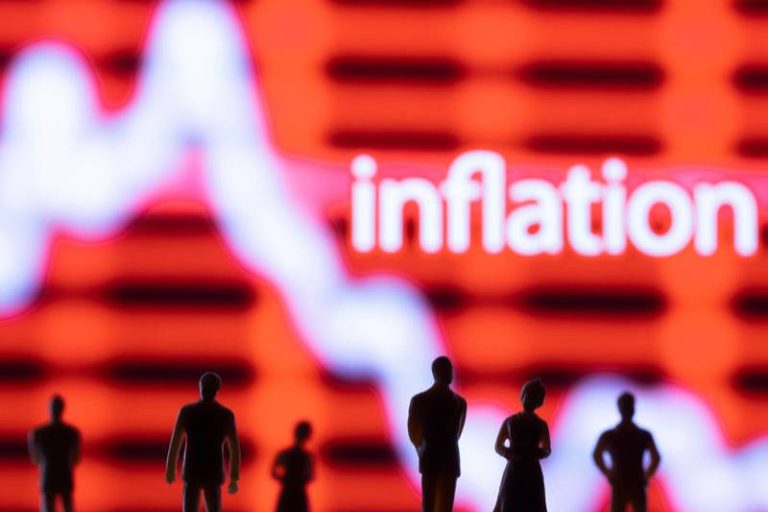Investing.com– Goldman Sachs expects increased U.S. trade tariffs under a Trump presidency, especially against China, to delay inflation from reaching the Federal Reserve’s 2% annual target in 2025.
The brokerage said that recent inflation data showed disinflation still remained sluggish, and that inflation was expected to peter out further in the remainder of 2024.
Core personal consumption expenditures inflation– the Fed’s preferred inflation gauge- is expected to slow to a 0.16% average pace in the final two months of 2024, GS said in a note.
But the brokerage warned that tariffs are likely to “delay a return to 2% inflation in 2025.”
“We expect tariff increases on imports from China and autos that raise the effective tariff rate by 3-4 percentage points (pp), which we estimate would raise core PCE inflation by about 0.3-0.4pp next year, leaving it at 2.4% in December 2025,” GS analysts wrote in a note.
Still, they said that inflation from tariffs was likely to be a one-time increase, and would not deter a trend of falling inflation.
Excluding the impact of tariffs, GS expects core consumer price index inflation to fall to an annual pace of 2.4% in December 2025 from 3.2% in December 2024, amid easing housing and transportation costs.
The brokerage noted that sequential measures of underlying inflation had eased in recent months, and that high inflation prints seen earlier this year appeared to be more of residual seasonal factors than a reacceleration in inflation.
Concerns over higher U.S. import tariffs grew in recent weeks after President-elect Donald Trump threatened to impose higher duties on several countries, including the BRICS bloc, Canada, and Mexico.
Trump had also pledged a 10% tariff on all imports to the U.S., and 60% in additional tariffs on imports from China.
The President-elect is expected to dole out increase corporate tax breaks and expansionary policies in the coming years, potentially underpinning inflation and interest rates in the long term.

